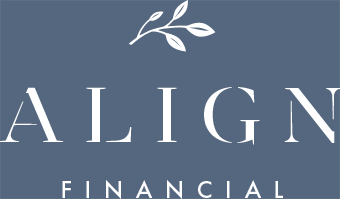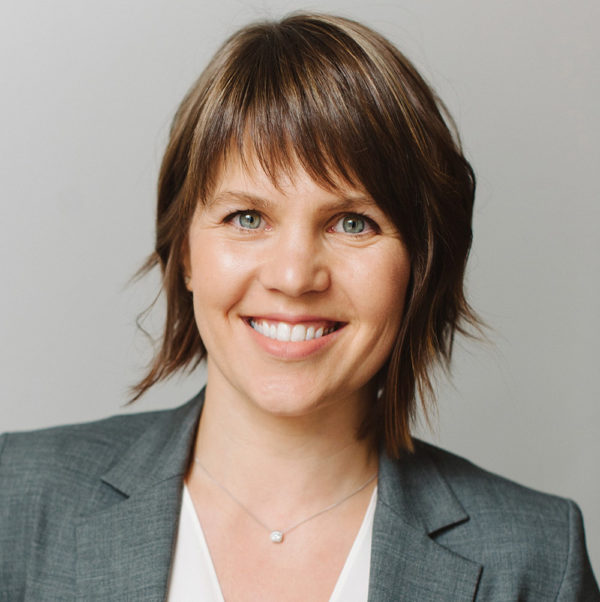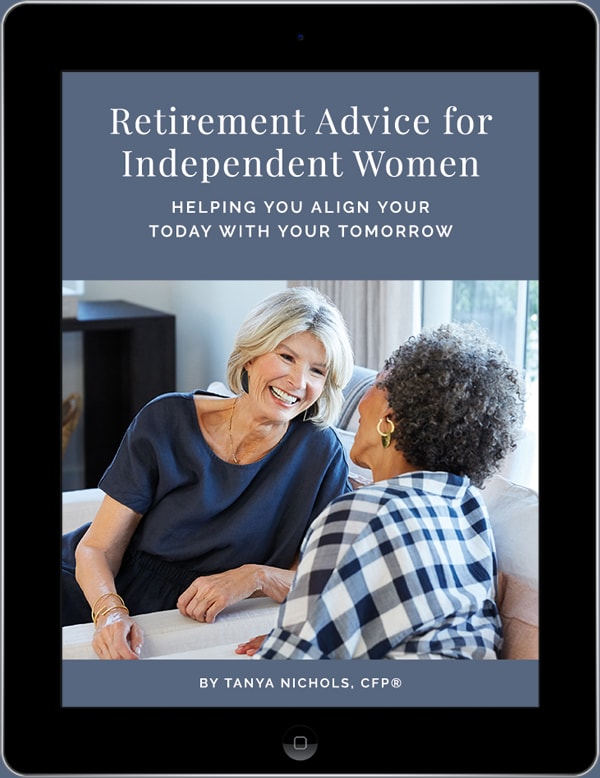It’s hard to believe that more than a year later, we’re still navigating the Covid-19 pandemic. Once unimaginable, the pandemic continues to threaten our health, careers, and finances. As a result, those of us fortunate enough to still have our health intact may be reevaluating our post-pandemic retirement goals and priorities.
If you’re nearing retirement age, that may mean adjusting your plans so you can retire sooner. On the other hand, if you’re among the 69 million Americans now delaying retirement due to financial setbacks, you may need some new strategies to close the gap. In this article, I’m sharing my best retirement planning tips to achieve your new, post-pandemic goals.
The Pandemic and Early Retirement
It’s no secret that the pandemic changed the way many of us think about life and work. For many Americans who had never experienced the freedom of working remotely before, the idea of returning to the office is no longer appealing.
Indeed, Bloomberg reported earlier this year that more Americans than usual planned to retire early due to a new “life is short” attitude. On the other hand, many older Americans forced out of the workforce during the pandemic had no choice but to retire early.
Whether by choice or by circumstance, about 2.5 million Americans have retired since the start of the pandemic–about twice the number who retired in 2019. And many more are still considering it.
Delaying Retirement Due to the Pandemic
Unfortunately, a much larger portion of Americans–about one in three–are delaying their retirement plans due to the pandemic. For many people, a combination of lost income, savings depletion, and a drop-off in retirement plan contributions account for the inability to retire as planned.
Notably, women’s retirement plans have been disproportionately impacted by the pandemic. While 58% of men said they were able to continue saving for retirement on a monthly basis during the pandemic, only 41% of women said the same, according to CNBC. In addition to factors that existed pre-pandemic, women’s unemployment rates during the pandemic were much higher than men’s, resulting in a significant savings gap.
5 Retirement Planning Tips to Help You Achieve Your Post-Pandemic Goals
If your retirement plans have changed because of the pandemic, you can still retire on your terms. Whether you want to retire early or fear you won’t be able to retire on time, here are some tips to help you get closer to your retirement goals.
Retirement Planning Tip #1: Clarify Your Goals
It’s easy to view retirement as a black-and-white concept. However, you have a multitude of options available to you if you can envision different versions of retirement.
For example, before the pandemic, your goal may have been to retire at age 65. That goal may feel unattainable now if your finances took a hit during the pandemic. Or maybe your finances didn’t suffer, but now you want to retire as soon as possible. If you’re not where you thought you’d be financially at this point, you may just need to clarify your retirement goals.
Think about what you really want to accomplish by retiring. Do you want to be able to spend more time with loved ones? Do you wish you had more time to pursue other projects? Are you burnt out or just sick of your job?
Whatever your true motivation is, there’s probably a way to satisfy that need, even if you’re not financially prepared to fully retire yet. Perhaps you can transition into an encore career or work part-time in the interim. If your employer allows it, consider taking a sabbatical or “mini retirement.” Point being, you may be able to redefine retirement for yourself so that it doesn’t feel so out of reach.
Retirement Planning Tip #2: Remain Flexible
Your finances may look a little different today than they did at the beginning of 2020. If that’s the case, you may need to reprioritize where to spend your next dollar. For example, if you dipped into your emergency fund due to lost income during the pandemic, you may need to focus on building a cash reserve before contributing to retirement. Similarly, if you accumulated credit card debt, paying that down should take precedence over retirement planning.
If you want to retire early, look for opportunities to incorporate flexibility into your plans. For instance, you may decide to sell your house and downsize to boost your liquid assets and reduce expenses going forward. Or like many Americans, you may want to move to a less densely populated area where your money goes further.
Finally, use this opportunity to build resilience into your financial plan. In addition to contributing to an emergency fund, review your insurance coverage and investments so you’re prepared for future setbacks.
Retirement Planning Tip #3: Invest
Only about 55% of Americans are invested in the stock market, according to a 2020 Gallup poll. And men are more likely to be investors than women. On average, women hold 71% of their total assets in cash, while men hold 60%, according to one study.
Cash may feel safer, especially during uncertain times like these. However, being underinvested is more problematic when it comes to retirement planning, since cash tends to lose its value over time due to inflation.
Even adjusted for inflation, the historical average annual return of the S&P 500 is 7%. That’s including bear markets and periods of volatility–common reasons people prefer to stay on the sidelines.
If you’re several years from retirement, one of the most effective ways to grow your savings is to invest in the stock market and benefit from the power of compound interest. As you near retirement, stocks may account for a smaller portion of your investment portfolio, but you can still benefit from this exposure.
Retirement Planning Tip #4: Value Your Health and Wellbeing
“The first wealth is health.” – Ralph Waldo Emerson
The average 65-year-old couple can expect to pay about $295,000 on healthcare alone in retirement, according to Fidelity’s 2020 Health Care Cost Estimate. And if you end up needing long-term care, your overall healthcare costs can be even higher.
Healthcare tends to be one of the largest expenses in retirement, regardless of your overall health. That’s why investing in your health now is one of the most effective ways to ensure your other retirement planning strategies are successful. In other words, create good habits, look for ways to reduce stress in your life, and prioritize regular doctor visits to get ahead of potential health issues.
You can also build strategies into your financial plan to reduce healthcare costs in retirement. For example, long-term care (LTC) insurance provides coverage for nursing home care, home care, and adult daycare for individuals age 65 or older–services that aren’t covered by traditional health insurance or Medicare. In addition, if you qualify, a health savings account (HSA) is a tax-efficient way to set aside additional savings for healthcare expenses.
Retirement Planning Tip #5: Seek out Expert Advice
The pandemic has affected many people’s retirement plans. If you’re feeling less confident about retirement now–or if you want to accelerate your retirement timeline–working with an experienced financial advisor can help.
Here at Align Financial, we help our clients set financial goals based on what matters most to them and develop strategies to achieve their objectives. If we can help you get your retirement plans back on track or develop a financial plan to help you meet your goals, please get in touch. We’d love to hear from you.













